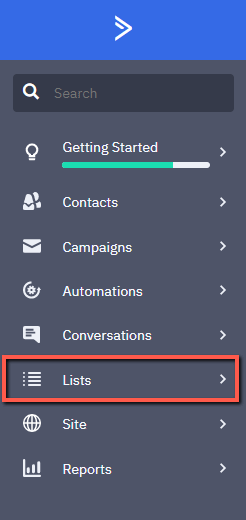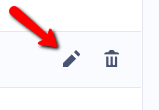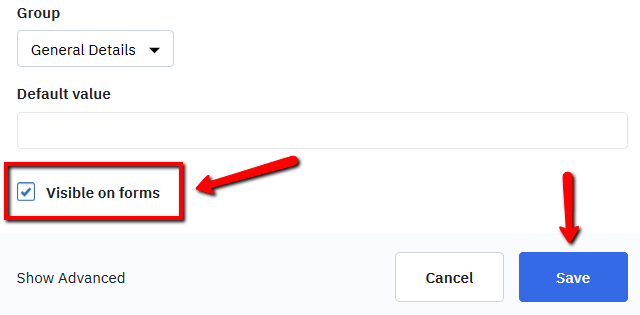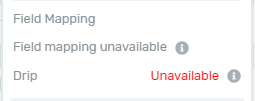There are certain key things that should be considered when you want to add custom fields to your “Lead Generation” element. These are the following:
Create a new Text field in the Autoresponder
First, you should create a new Text field in your autoresponder/email marketing service to make sure you will have a dedicated field to connect your custom field to.
Note: Keep in mind that the field you create in the autoresponder has to be a “Text” field type because that is the one supported with our custom field integration.
This way the data that will be completed in the custom field of the “Lead Generation” element, will be added to the new Text field you create for it, in your autoresponder.
If you need details on how to create a new Text field in the supported autoresponder, please look through these links:
Note: Please keep in mind that in the case of Active Campaign, you will also need to enable the “Visible on forms” option for the newly created field, in order to be able to use it properly, when setting up the custom field in the “Lead Generation” element.
To do this, in your Active Campaign dashboard, access the “Lists” section:

Then, click on the “Manage Fields” section on the page that appears:

Once there, hover over the field you want to enable the option for, and click on the “Edit” option (pencil icon) that appears for it:

Lastly, check the “Visible on forms” option for the field, in the pop-up that opens, and after that click on the “Save” button:

Add an API Connection
Before adding a custom field to a “Lead Generation” element, you must first connect the element to an autoresponder service (this may be an email delivery service, a marketing tool, etc.). In order to achieve this, you have to add an API connection to the “Lead Generation” element, using the “Add Connection” button of its “Send Leads to” option, from the left sidebar:

If you need detailed information on how to add an API connection to the “Lead Generation” element, take a look at this tutorial.
Keep in mind that if you try to add a custom field to a “Lead Generation” element that has no autoresponder connected to it, then the “Field Mapping” will not be available. This will result in the custom field not working properly.
Why “Field Mapping”?
“Field Mapping” refers to the fact that whenever you add a custom field to a “Lead Generation” element, you also need to select a field from the connected autoresponder. When you add both of these, the system can map them, see where they are.
This is needed, in order for the system to be able to transmit the information from the custom field to the designated field in the autoresponder. For more information, please check out this article.
Make sure the Autoresponder is supported
Whenever you add a custom field to a “Lead Generation” element, besides connecting the element to an autoresponder, you also have to make sure that the autoresponder is one that is supported by the custom field integration of the element.
Currently, we support/we have created the integration for the following autoresponder services:
If you add custom fields to a “Lead Generation” element that is connected to an autoresponder for which the custom field integration is not available yet, the custom fields will not work properly. You will see these messages as an indication when trying to set up the custom field:

This means that on the one hand, the custom field integration is not available for the respective connection yet (in my example this is “Drip”), and on the other hand, as a result, field mapping is also unavailable. If this is the case, please try to connect the “Lead Generation” element with an autoresponder for which the custom field integration is available.